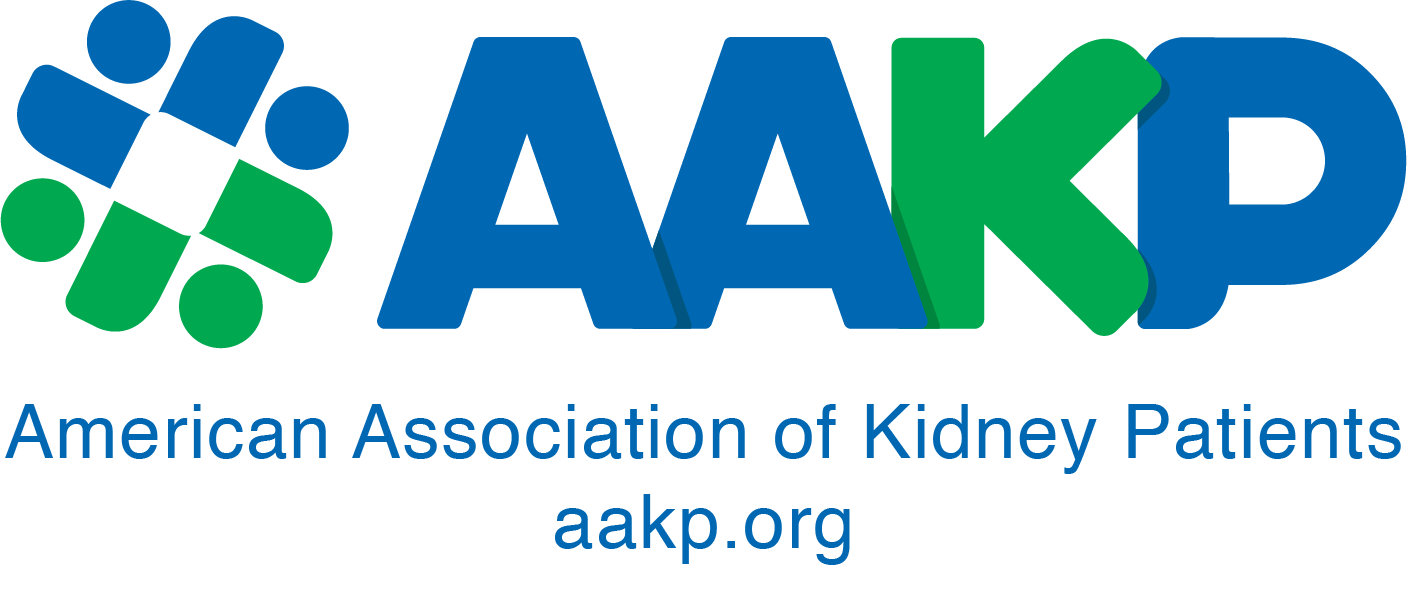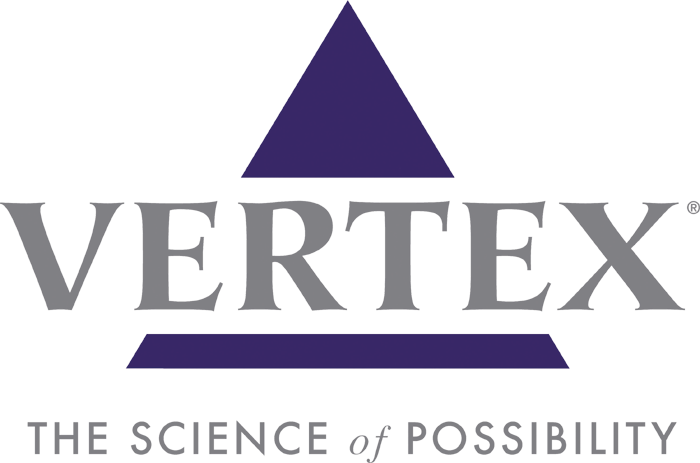By Jennifer Moore, Registered Dietitian
Spring Color with Fruits and Veggies
Spring and summer bring an abundance of fruits and vegetables to local grocery stores and farmers markets. The vast array of color that accompanies this produce speaks of more than merely juicy deliciousness; it signifies nutrients and health.
Unfortunately, people with chronic kidney disease (CKD), both early stages of CKD and individuals on dialysis, often believe that they must avoid these foods due to potassium, phosphorus, or fluid content. However, plantbased phosphate is poorly absorbed, so it will not significantly raise phosphorus levels for early CKD or dialysis. Fluid excess in dialysis typically is from drinking too much, not from food. Potassium should be approached with caution but not over-restricted. Nonetheless, many have been wrongfully counseled to avoid most fruits and vegetables altogether.
Notably, fresh fruits and vegetables are vital to a CKD patient’s health for many reasons including thwarting inflammation, creating a more alkaline environment and boosting fiber intake.
Inflammation
Persistent, low-grade inflammation characterizes the health status of CKD and dialysis patients. This inflammatory state is partly responsible for the increased risk of cardiovascular disease and low albumin levels, and it contributes to many causes of mortality among the CKD population. Inflammation also encourages oxidative stress in the patient’s body. Picture an apple. When cut, the apple, being exposed to oxygen, begins to turn brown. This illustrates what happens in the CKD patient’s body with inflammation. Over time, oxidation leads to internal “browning,” i.e., tissue damage and health problems. Now, picture squeezing lemon juice on the apple, a common practice. Why does the lemon juice stop the browning process? Lemon juice contains vitamin C, a potent antioxidant.
Thus, what do we need to counteract this process of inflammation and oxidation in the CKD patient’s body? The answer is ANTIoxidants. What foods represent the best source of antioxidants? Fruits and vegetables. Therefore, people with kidney damage and corresponding high inflammation levels should include antioxidant-rich fruits and vegetables in their diet daily to reduce risks associated with inflammation. Additionally, as inflammatory markers decline, albumin tends to increase. Some examples of fruits and vegetables rich in antioxidants and lower in potassium that are approp riate for CKD and dialysis patients include:
Fruits: Berries, Plums, Cherries, Red Grapes
Vegetables: Dark Green Leafy (Kale, Raw Spinach), Brussels Sprouts, Broccoli, Red Bell Pepper
Alkaline Environment
Metabolic acidosis, common in CKD patients, has long been a concern of nephrologists, as this complication gives rise to substantial loss of muscle mass in all kidney patients. In those who are not on dialysis yet, it contributes to accelerated decline in kidney function.2,3 Fruits and vegetables are naturally alkalizing. In fact, a study was done in 2012 where researchers treated stage 2 CKD patients with either a sodium bicarbonate supplement or simply increased the number of fruits and vegetables in the diet. Both treatments were intended to lower acid levels in the patient’s body. Results showed that not only were the patient’s bodies more alkaline, but indicators of kidney injury were actually lower in the fruit and vegetable group!2
Because many CKD patients avoid fruits and vegetables due to potassium fears, they compensate by eating a large amount of animal protein. High consumption of animal protein leads to an excessive acid load; animal protein is NOT alkalizing.
Furthermore, muscle-based animal products are naturally high in potassium but often excluded from high potassium food lists. Additionally, meat is often enhanced with potassium additives and preservatives. In fact, one analysis found potassium enhanced boneless loin strip steak contained 930mg/100g potassium.4 There are, however, many alkalizing fruits and vegetables low in potassium. Check out the recipes using lower potassium, super alkalizing fruits and veggies provided at the end of this article.
Fiber
Finally, CKD patients need fiber in their diet. Fiber, a carbohydrate the body can’t digest, comes in two forms, soluble and insoluble. Soluble fiber benefits include lower glucose and cholesterol levels. Insoluble fiber favors bowel regularity. Adults need at least 20-30 grams of fiber daily, but most are lucky to get 15 grams per day.5
A common issue encountered by dialysis patients is constipation. Fluid restrictions and lack of fiber contribute to the problem. Once again, these patients are not consuming fruits and vegetables that boost the fiber content of the diet. High fiber foods are easy to include in the diet. Start the day off right with a high fiber breakfast.
One idea is Apple Oatmeal:
• 1 cup cooked oatmeal
• 1 apple chopped
• 1 tablespoon flaxseed
• 1 teaspoon cinnamon
• 1 teaspoon honey
Summary
After a long winter, refreshing, crisp fruits and vegetables can be a joy, even for those with kidney disease. By reducing inflammation, acidosis, and boosting fiber, these nutritious gems will have CKD patients hopping right into spring with energy and vitality. Try some of the ideas provided here and keep your eyes peeled for additional spring and summer produce available near you. For tips to include more nutrient-rich fruits and vegetables in the diet, consult your local dietitian who will be able to provide guidance. Most of all, remember you are more than someone with kidney disease. You are a person who brings color to this world so add some color to your plate and gain vigor to enjoy the sunshine and warm weather this spring.
References
1. Akchurin O, Kaskel F. Update on Inflammation in Chronic Kidney Disease. Blood Purif. 2015;39(1- 3):84-92. doi:10.1159/000368940
2. Mitch W, Remuzzi G. Diets for patients with chronic kidney disease, should we reconsider?. BMC Nephrol. 2016;17(1). doi:10.1186/s12882-016-0283-x
3. St-Jules D, Goldfarb D, Sevick M. Nutrient Nonequivalence: Does Restricting High-Potassium Plant Foods Help to Prevent Hyperkalemia in Hemodialysis Patients?. Journal of Renal Nutrition. 2016;26(5):282- 287. doi:10.1053/j.jrn.2016.02.005
4. Mafra D, Borges N, Cardozo L et al. Red meat intake in chronic kidney disease patients: Two sides of the coin. Nutrition. 2018;46:26-32. doi:10.1016/j. nut.2017.08.015
5. Fiber. The Nutrition Source. https://www.hsph. harvard.edu/nutritionsource/carbohydrates/fiber/. Published 2019. Accessed March 24, 2019.
Jennifer Moore, Registered Dietitian, is passionate about helping all people realize optimal health. This includes the renal population for whom she has served for over 15 years. Throughout her years of practice and research, Jennifer has discovered that a diet centered on whole, plantbased foods promotes the most nutritious option. As a result, she has numerous articles published on this topic as well as a history of speaking and educating on both renal and plant-based nutrition. (Watch a recent AAKP webinar that Jennifer Moore spoke on called “For the Love of Plants” on our Past Webinar tab at: https://aakp.org/aakp-healthline/)
She has worked with individuals with endstage renal disease on all forms of dialysis. Additionally, she works with chronic kidney disease patients to help them slow or prevent progression.
Jennifer achieved a nutrition degree from Mississippi State University and interned at Vanderbilt University Medical Center. She holds a Master’s Degree from Central Michigan University in nutrition. She is a Certified Specialist in Renal Nutrition through the Academy of Nutrition and Dietetics and a Certified Plant-Based dietitian through Cornell University. You can reach Jennifer at: plantfedkidneys@gmail.com
This article was originally published in aakpRENALIFE, May 2019.























